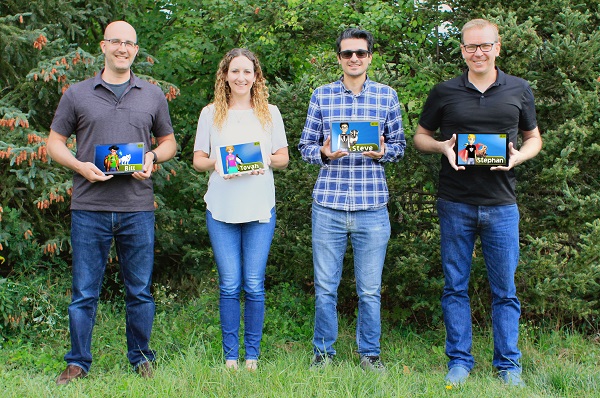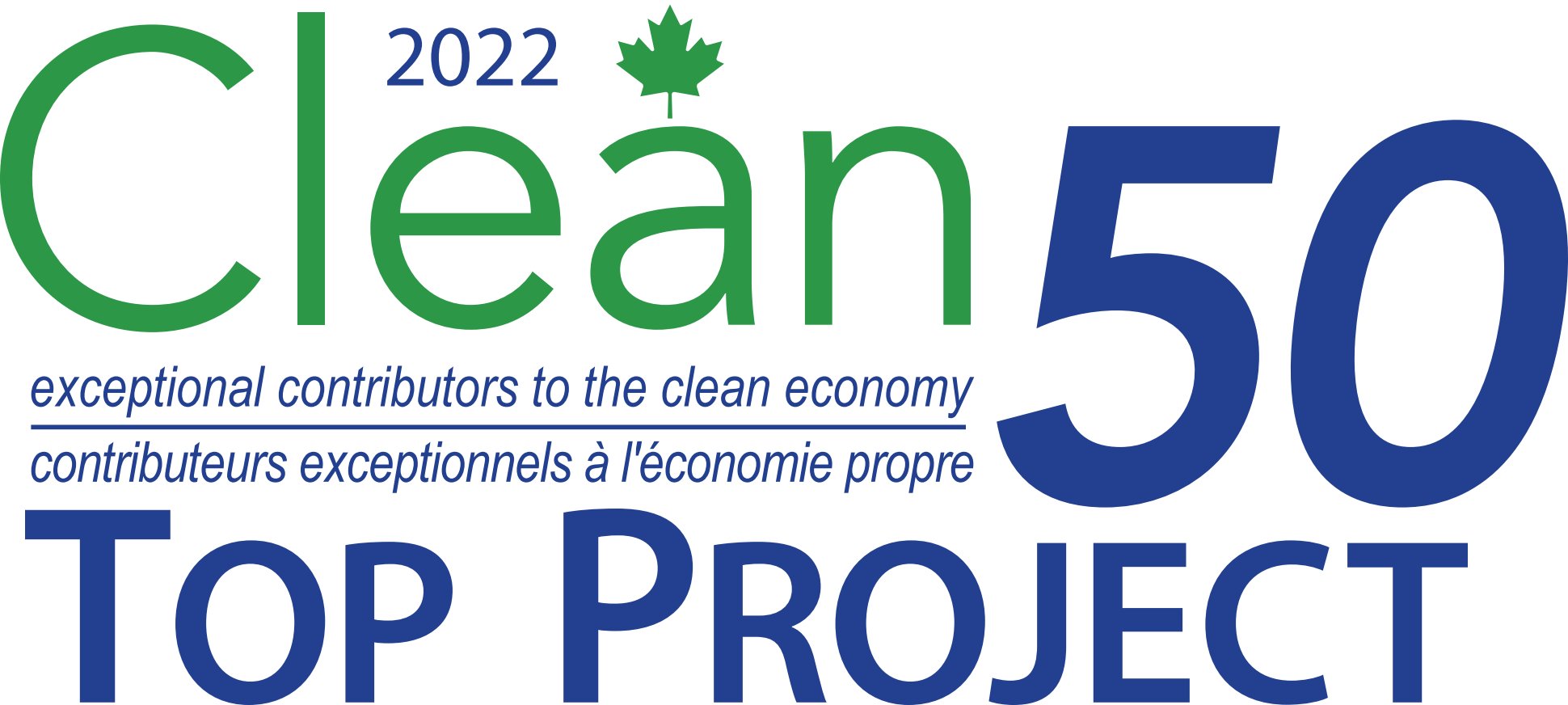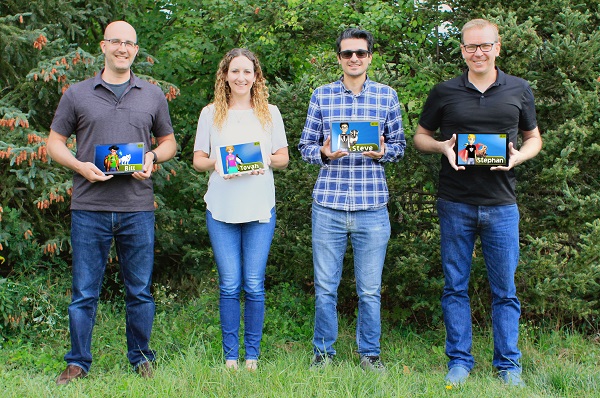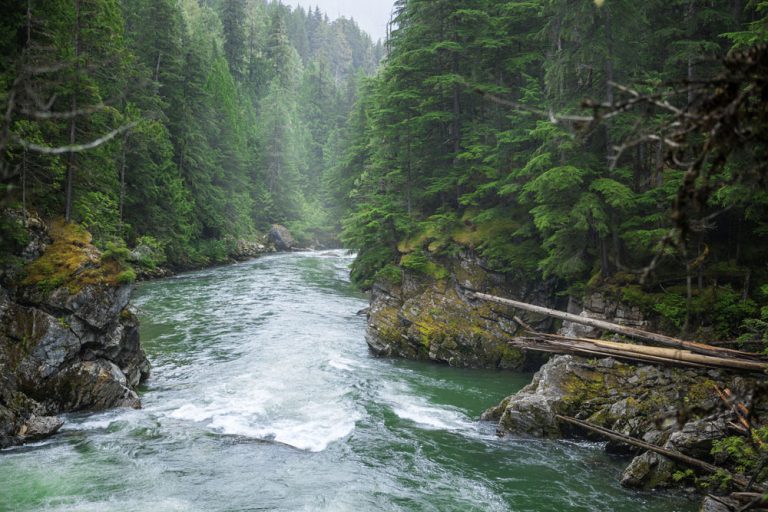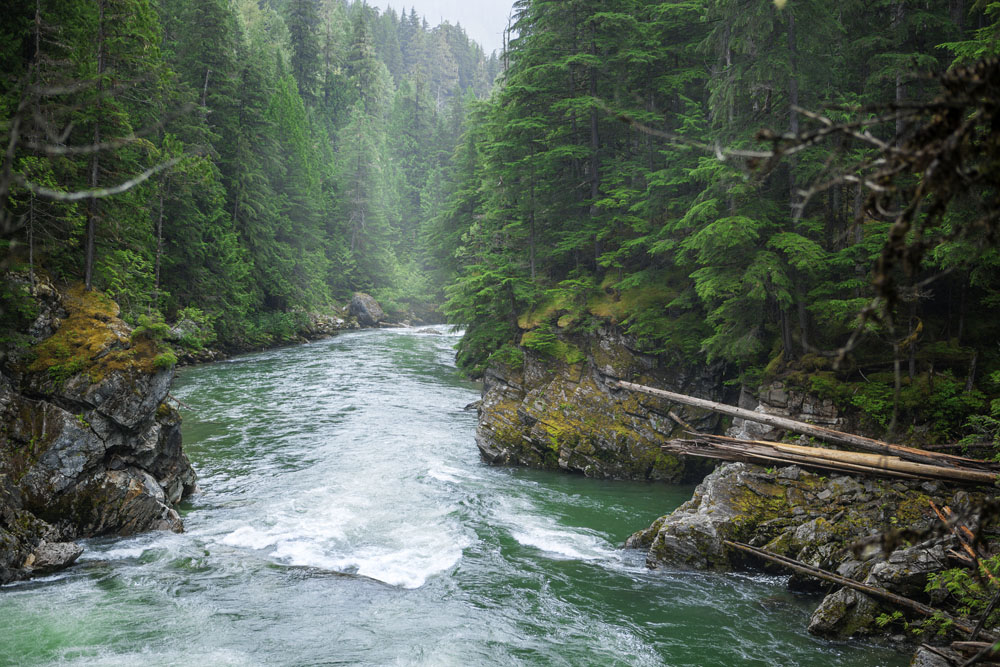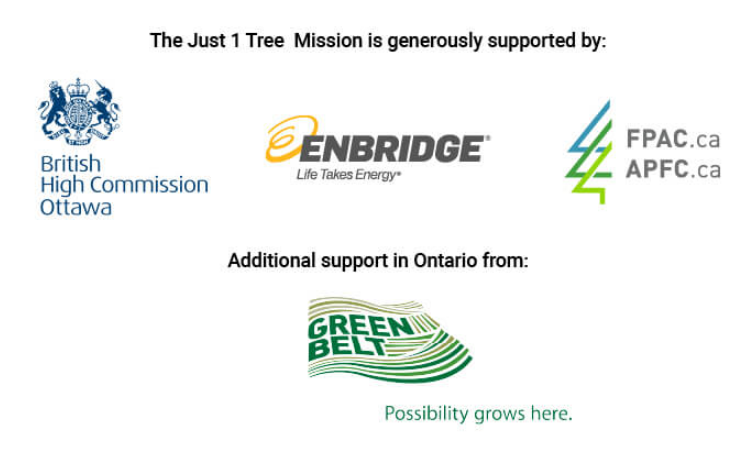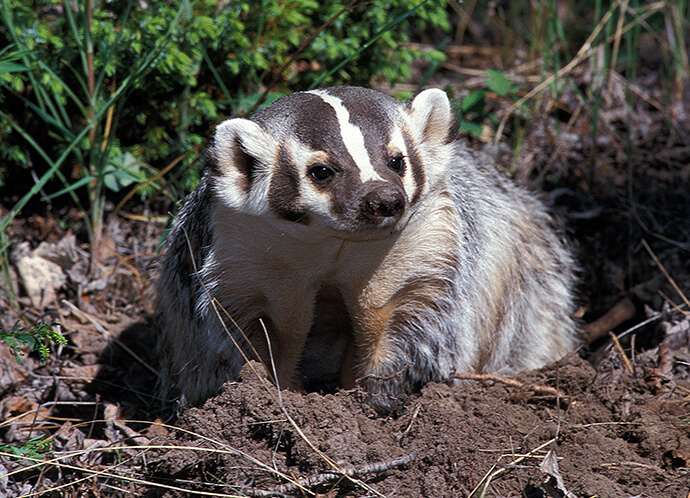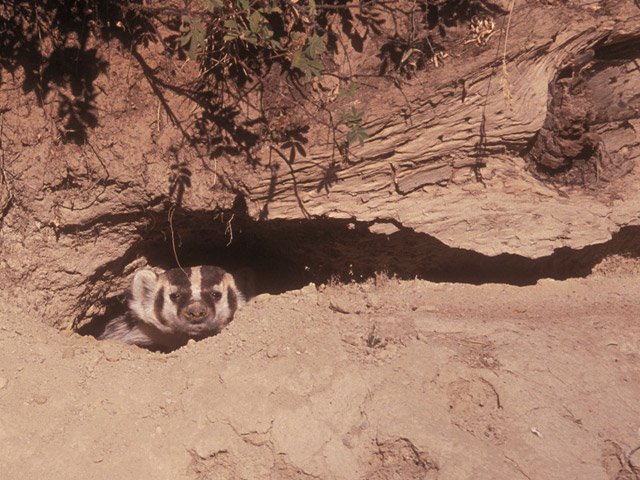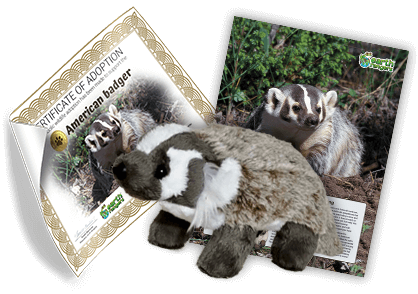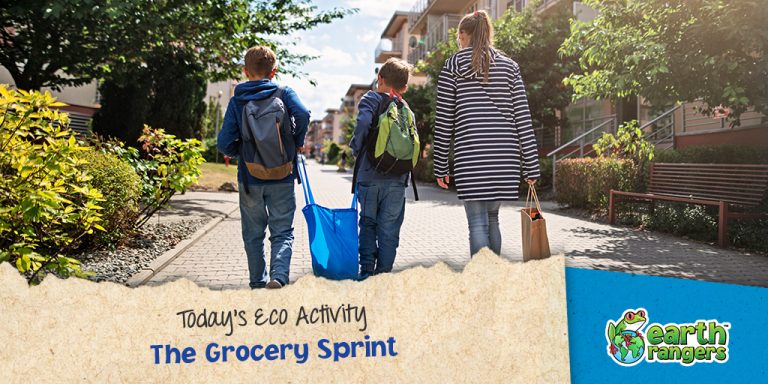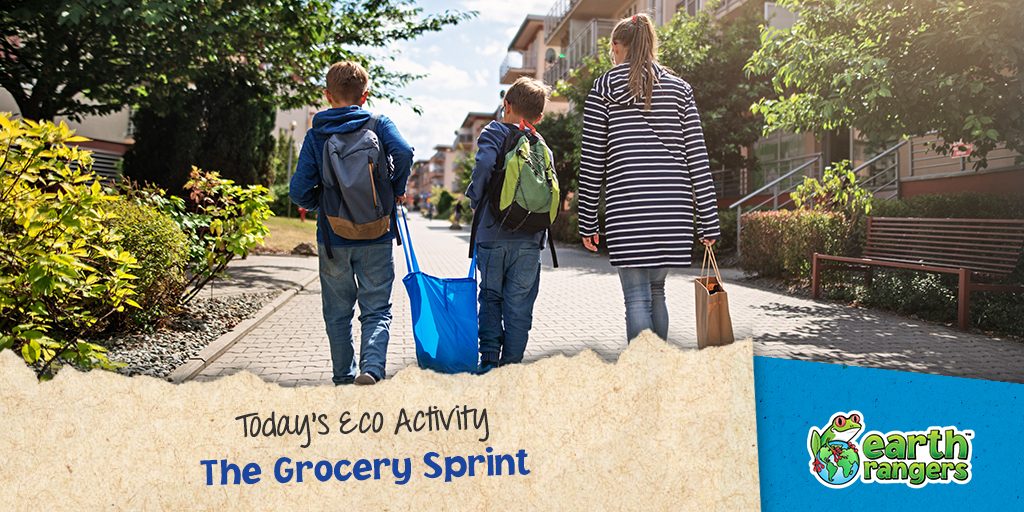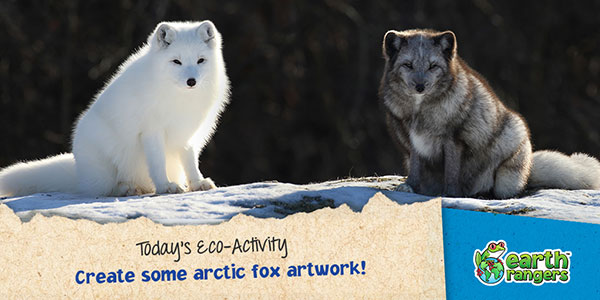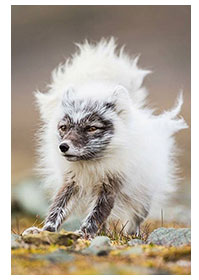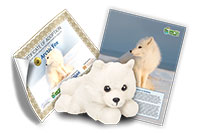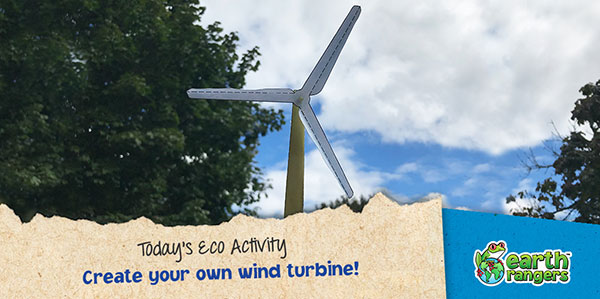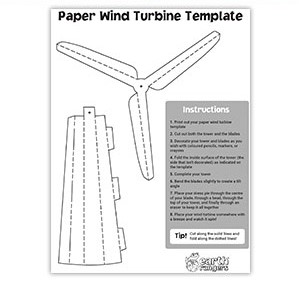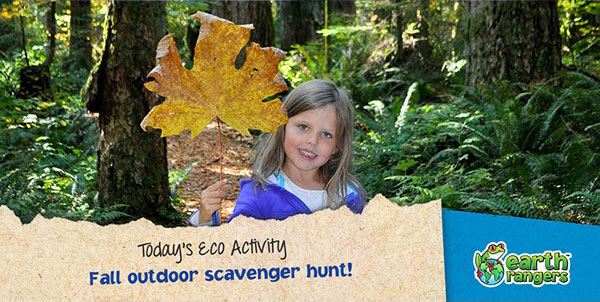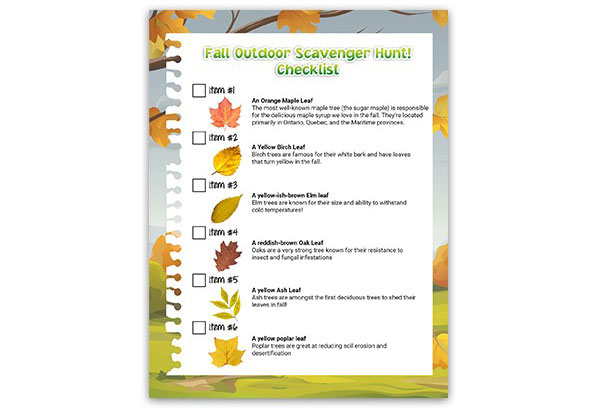Canada is a great place to be a tree. There’s lots of room to grow, and lots of forests—lots and lots! In fact, Canada ranks 3rd for the country with the most forests in the world. Now, not every forest is the same. There are many different types and they grow in different parts of the country. National Forest Week is now behind us, but it’s always a good time to take you on a tour of Canada’s forest regions. Find out which forest region you live in!
Acadian Forest
This forest grows mostly in the maritime provinces of New Brunswick, Prince Edward Island, and Nova Scotia, with a tiny portion in Quebec. It’s home to over 60 tree species, including lots of spruces, firs and birches—now that’s a lot of different trees!
Boreal Forest
The Boreal Forest makes up 75% of forested land in Canada, covering a whopping 270 million hectares (almost ¼ of the country)! It makes up 28% of the world’s boreal zone, which circles the globe and can be found across the northern parts of North America and Eurasia. The boreal forest grows in almost every province and territory, except New Brunswick, Nova Scotia and Prince Edward Island. These forests are dominated by coniferous trees like spruces, firs, pines, and tamarack, and deciduous species such aspen and birch.
Carolinian Forest
The Carolinian Forest is one of the smallest forest regions in Canada. Located in Southern Ontario, it is the southernmost forest in the country! This forest is extremely diverse, with lots of beech, maple, walnut, hickory and oak trees. It’s home toA diversity of wildlife.
Coastal Forest
The Coastal Forest grows up Canada’s west coast in British Columbia, and has some of the biggest trees in the country! It is filled with coniferous trees like cedar, hemlock, spruce and fir.
Columbia Forest
The Columbia forest is situated between the Rocky Mountains and British Columbia’s central plateau. It’s made up of coniferous trees resembling coastal regions in its makeup.
Great Lakes St-Lawrence Forest
The Great Lakes St-Lawrence Forest region can be found throughout most of Southern Ontario and Québec. It has a mix of coniferous and deciduous trees and stands as the second largest forest in Canada! It’s known for its sugar maples which produce delicious maple syrup.
Montane Forest
The Montane Forest grows in western Alberta and the interior of British Columbia. It’s home to firs, pines, and aspens, and is one of the warmest and driest ecoregions in all of Canada! Wow!
Subalpine Forest
This very cool forest grows in the mountainous areas of British Columbia and Alberta and has lots of spruces, firs, and pines. You’ll find them where the trees transition from the dense forest below to the alpine tundra above, with the trees getting smaller and smaller the higher you go up the mountain.
So which of these forest types are your favourite? Let us know in the comments!
